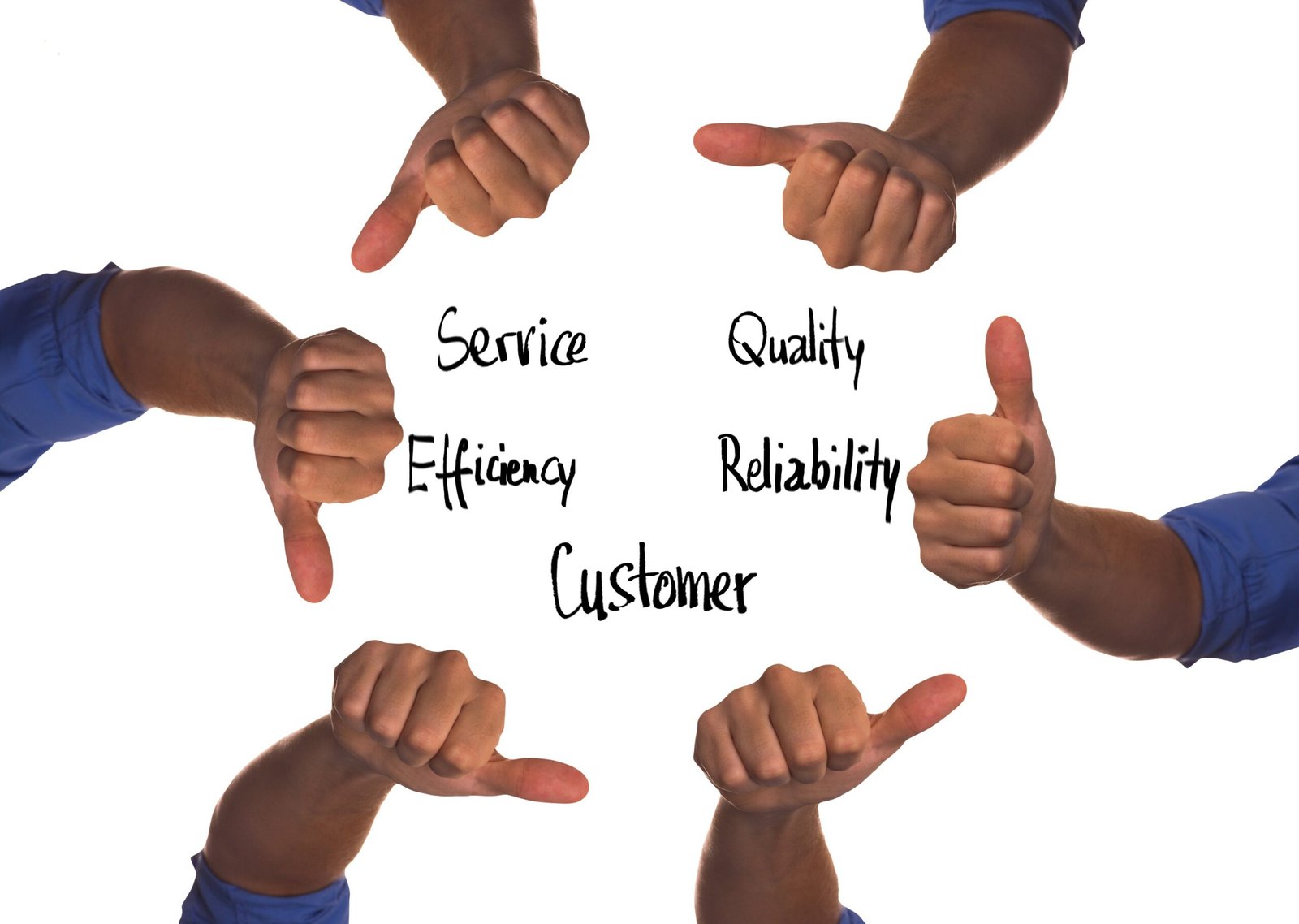Strategic Virtual Support
This list of services is just a snapshot, with nearly 20 years of experience in the business world, I can offer support in many other areas to meet your unique needs. If there’s something you’re looking for that isn’t listed, get in touch and let’s explore how I can help.

Admin Assistance
- Document management: Creating, formatting, and organising documents, spreadsheets, and presentations.
- Scheduling support: Managing calendars, booking appointments, and coordinating meetings.
- Data entry and record keeping: Updating databases, CRM systems, or project trackers accurately.
- Communication support: Drafting professional emails, letters, or client communications.
- File organisation: Maintaining digital filing systems for easy retrieval and compliance.
- Report preparation: Compiling and summarising information for management or clients.
- Task management: Tracking deadlines, following up on outstanding actions, and ensuring projects stay on schedule.
- Basic research: Gathering information, contacts, or resources to support projects and decision-making.

Compliance Monitoring
To help clients stay organised, protected, and funder-ready. Services include:
- Reviewing contracts and funding conditions to ensure deliverables and reporting obligations are met
- Auditing and updating key policies such as GDPR, safeguarding, and risk management
- Creating simple digital systems for KPI tracking and documentation
- Preparing clients for audits or inspections through readiness checks
- Providing ongoing compliance support with regular reviews and updates.

Basic Bookkeeping
- Recording income and expenses: Logging transactions accurately.
- Invoice management: Creating, sending, and tracking client invoices; following up on overdue payments.
- Expense tracking: Recording receipts, supplier invoices, and purchases.
- Bank reconciliation: Matching bank statements against financial records to ensure accuracy.
- Budget monitoring: Keeping an eye on spending versus planned budgets and flagging any anomalies.
- Financial reporting: Producing simple monthly or quarterly summaries showing cash flow, income, and expenditure.
- Document organisation: Maintaining digital folders for receipts, statements, and financial evidence for audits or tax time.
- Liaison with accountants: Preparing and sharing clean, accurate records to make year-end accounts or tax submissions easy.

Inbox Management
- Inbox organisation: Sorting, labelling, and archiving emails to maintain a clear, structured inbox.
- Email triage: Prioritising messages, highlighting urgent items, and filtering out spam or irrelevant content.
- Drafting and responding: Writing professional replies, following up on key communications, and maintaining consistent tone and brand voice.
- Scheduling and coordination: Managing meeting requests, confirmations, and calendar invites directly from the inbox.
- System setup and automation: Creating folders, filters, and templates to streamline future email handling.
- Client updates: Providing summaries of key emails or actions that need attention.
- Confidential handling: Managing sensitive information discreetly and maintaining strict data protection standards.

Customer Relationship Management
- CRM setup and customisation: Configuring CRM platforms to match the client’s business processes and sales workflows.
- Data entry and management: Importing contacts, updating records, and ensuring data is accurate, complete, and up-to-date.
- Segmentation and tagging: Organising contacts into categories for targeted communication and marketing.
- Pipeline management: Tracking leads, opportunities, and customer interactions to monitor progress and identify priorities.
- Automation and workflow creation: Setting up automated email sequences, reminders, or follow-ups to save time.

Project Management
- Project planning: Defining objectives, deliverables, timelines, and milestones.
- Task coordination: Assigning tasks, monitoring progress, and ensuring deadlines are met.
- Scheduling and calendar management: Organising meetings, setting reminders, and managing project timelines.
- Resource tracking: Monitoring budgets, staff, and other resources to ensure efficient use.
- Risk management: Identifying potential issues, recommending solutions, and implementing contingency plans.
- Documentation: Maintaining project plans, reports, and records for accountability and transparency.
- Communication and stakeholder updates: Keeping team members and clients informed with progress reports, meeting notes, and action items.
- Workflow optimisation: Streamlining processes to improve efficiency and reduce bottlenecks.
Elevate Your Business
Unlock your potential with Keltrose Virtual Partner’s strategic support, tailored to enhance your operational efficiency and financial success.